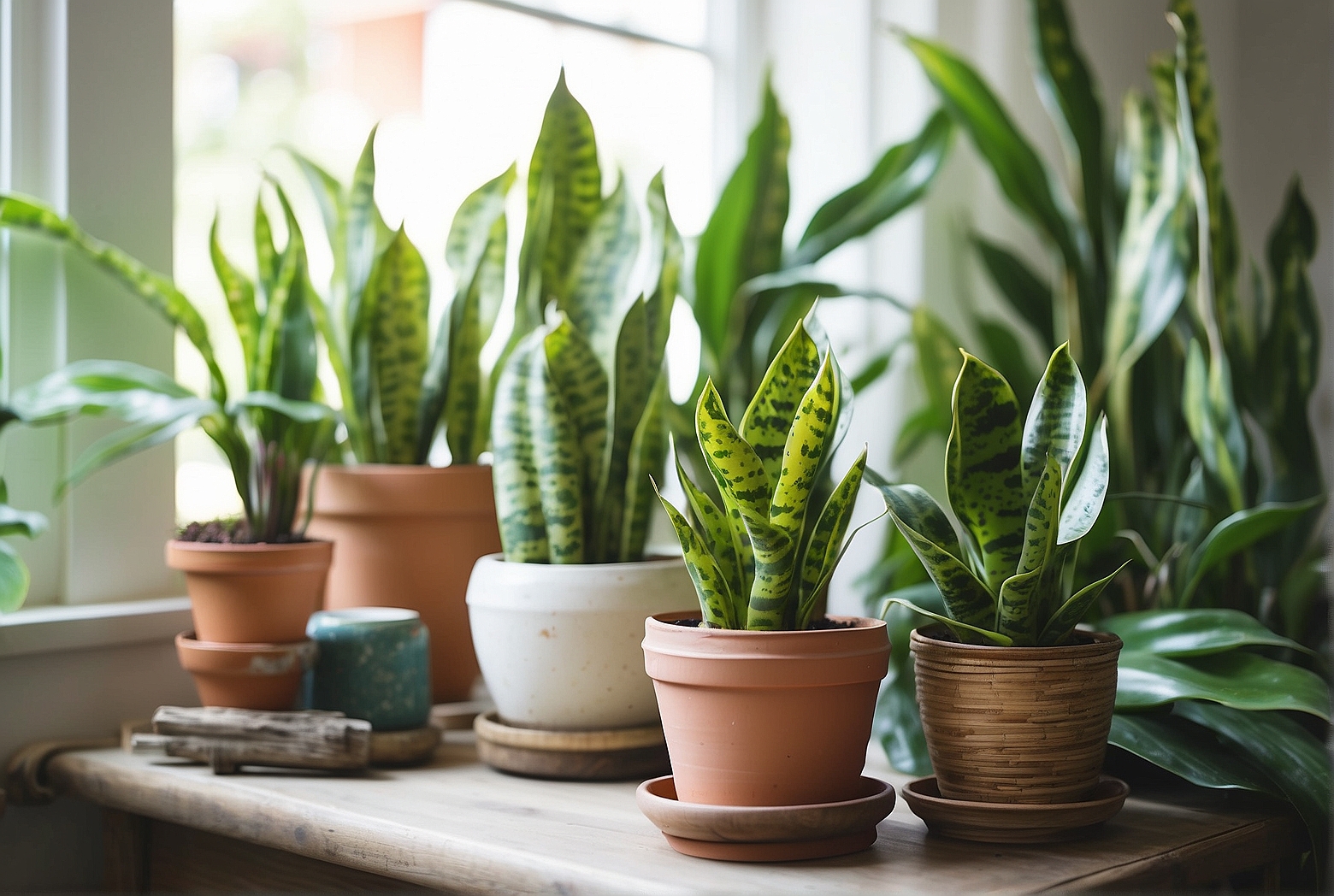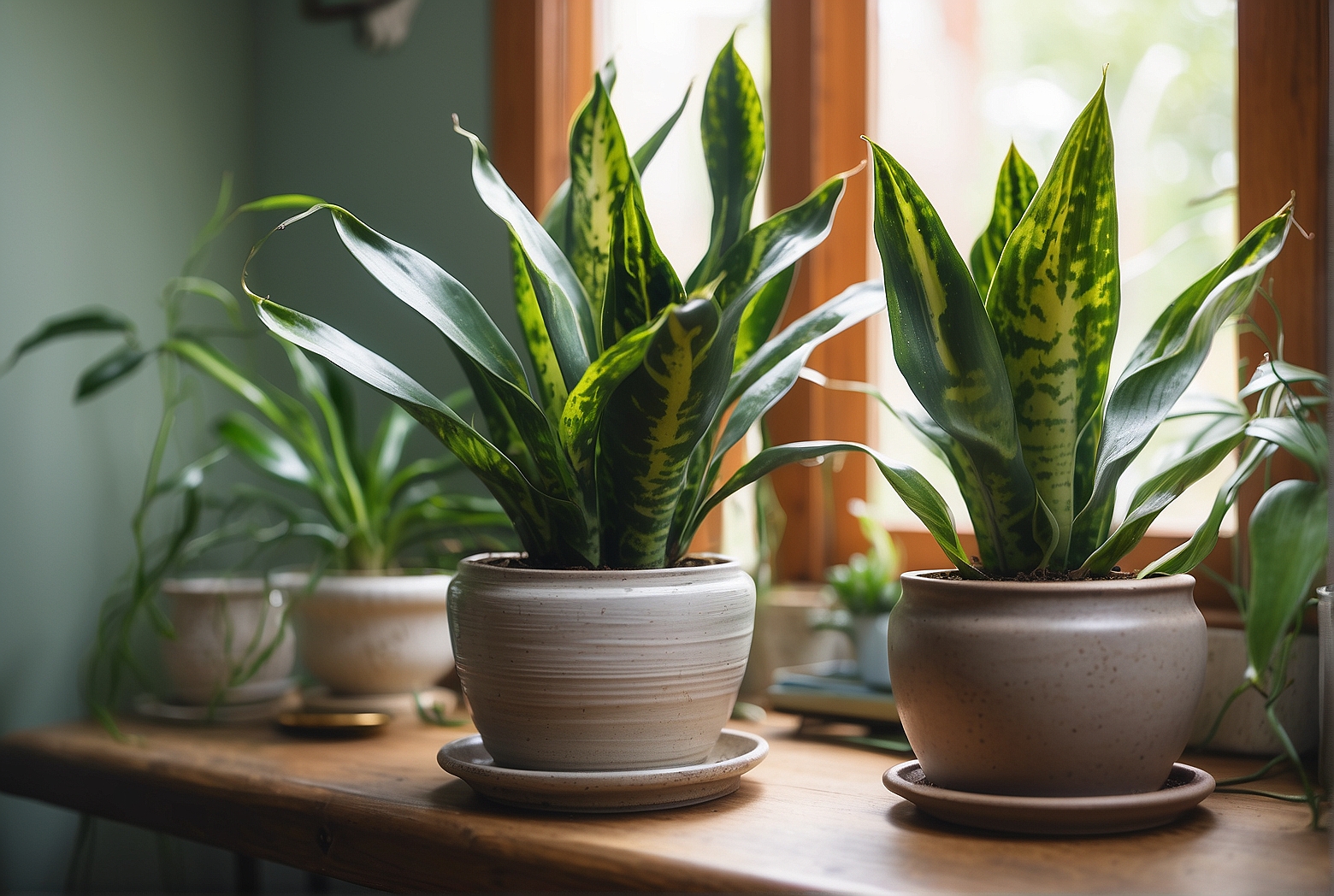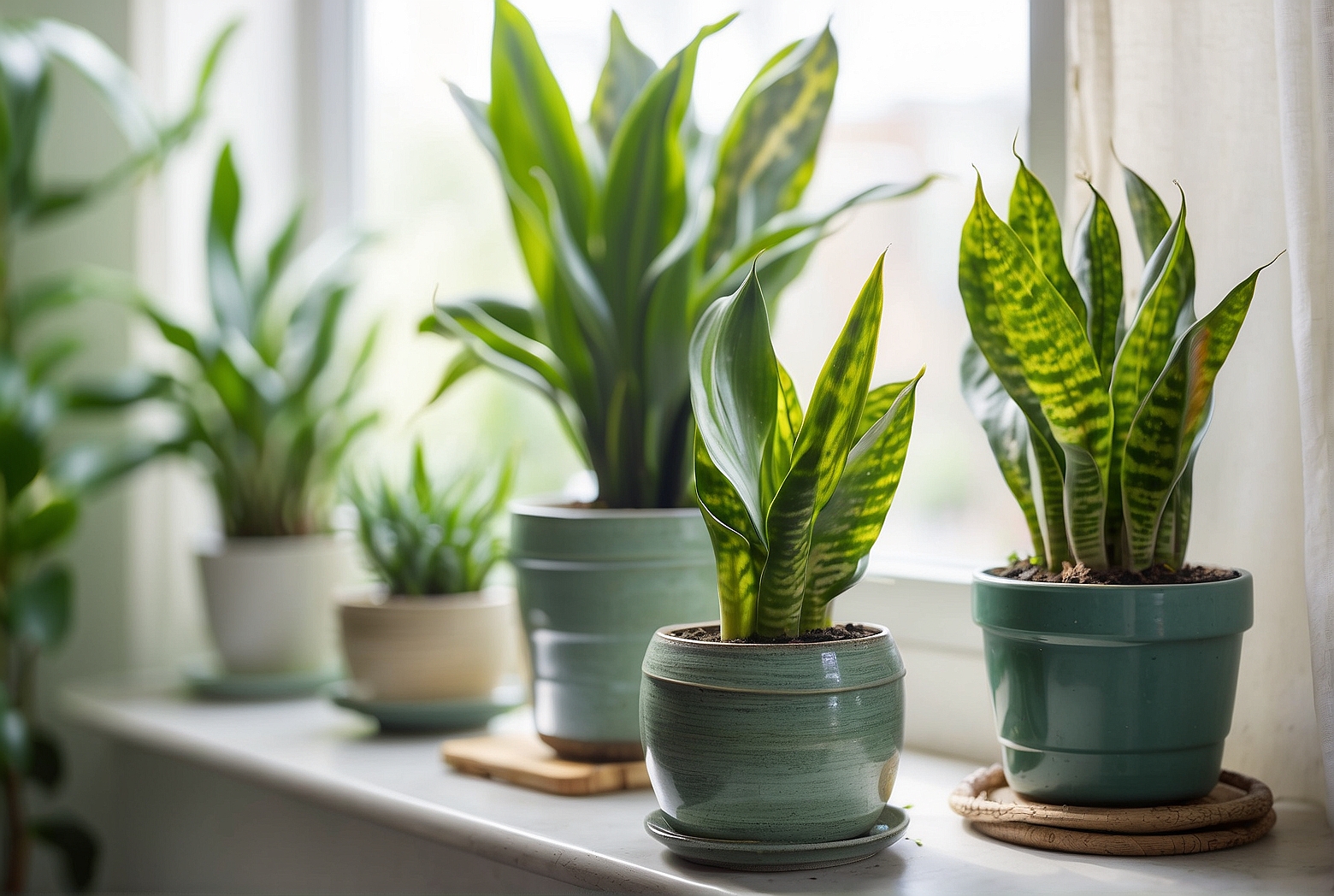Last Updated on April 13, 2024 by Tony Manhart
If you’re a plant lover looking to add an elegant touch to your indoor space, look no further than snake plants. With their striking, tall leaves and low maintenance requirements, these green beauties are the perfect addition to any home or office. In this ultimate guide, you’ll find all the essential tips and tricks to ensure your snake plants thrive and flourish. From proper watering techniques to ideal lighting conditions, we’ll cover everything you need to know to become a pro at caring for snake plants. Get ready to transform your space into a lush oasis with these stunning and resilient plants!
The Ultimate Guide: How to Care for Snake Plants
1. Light Requirements
1.1 Choosing the right location
When it comes to caring for snake plants, providing the right amount of light is crucial. These plants thrive in bright, indirect light, making them perfect for indoor environments. Choose a location that receives moderate to bright light throughout the day, but avoid placing them in direct sunlight as this can scorch the leaves.
1.2 Ideal indoor lighting conditions
Snake plants can adapt to a variety of lighting conditions, but if you want them to truly flourish, aim for an ideal indoor lighting setup. A room with medium to bright, indirect light is perfect for the snake plant. Consider placing your snake plant near a window or in a well-lit corner of your home. You can also use artificial grow lights if natural light is limited.
2. Watering
2.1 Frequency of watering
Watering your snake plant properly is essential for its overall health. These plants have succulent-like leaves that store water, making them more tolerant to underwatering than overwatering. Allow the top inch or so of soil to dry out between waterings. As a general rule, water your snake plant once every two to four weeks, depending on the humidity levels and temperature in your home.

2.2 Identifying signs of overwatering
Overwatering can lead to root rot, which can be detrimental to your snake plant’s health. Some signs of overwatering include yellowing leaves, mushy or soft roots, and a foul odor coming from the soil. If you notice these signs, reduce the frequency of watering and allow the soil to dry out completely before watering again.
2.3 Correct watering techniques
When it’s time to water your snake plant, do so thoroughly but avoid excessive watering. Make sure to soak the soil thoroughly and allow any excess water to drain out of the pot. Empty the saucer beneath the pot to prevent the roots from sitting in standing water. Remember, it’s better to underwater than overwater your snake plant.
3. Soil and Potting
3.1 Choosing the right soil mix
Choosing the right soil mix is crucial for the overall health of your snake plant. They prefer well-draining soil that doesn’t retain too much moisture. A mix of potting soil, perlite, and coarse sand is ideal. This combination allows excess water to drain away from the roots, preventing root rot.
3.2 Appropriate pot size and material
Snake plants prefer to be slightly root-bound, so choose a pot that is just slightly larger than the root ball. This will prevent the soil from staying too wet for too long. Opt for a pot made of terra cotta or a similarly porous material to promote better air circulation and prevent waterlogged roots.

4. Temperature and Humidity
4.1 Ideal temperature range
Snake plants can tolerate a wide range of temperatures, but they prefer temperatures between 70-90°F (21-32°C) during the day and slightly cooler temperatures at night. Avoid exposing your snake plant to extreme temperature fluctuations, as this can cause stress and damage the plant.
4.2 Managing humidity levels
Snake plants are known for their ability to thrive in low humidity environments, making them suitable for most homes. They can tolerate humidity levels as low as 30%, but if your home has dry air, you can increase humidity by placing the pot on a tray filled with water and pebbles or by using a humidifier nearby. However, be cautious not to make the air too humid as it can lead to fungal growth.
5. Fertilizing
5.1 Choosing the right fertilizer
Fertilizing snake plants can promote healthy growth and vibrant foliage. Choose a balanced, water-soluble fertilizer specifically formulated for houseplants. Look for one with a N-P-K ratio of 10-10-10 or a similar balanced ratio.
5.2 Frequency of fertilizing
Snake plants are not heavy feeders, so fertilize sparingly. Apply a diluted fertilizer solution once every two to three months during the growing season (spring and summer). Avoid fertilizing during the dormant season (fall and winter) as the plant’s growth slows down.
5.3 Best application methods
When applying fertilizer to your snake plant, dilute the recommended amount in water according to the package instructions. Water the plant with the fertilizer solution, ensuring that it reaches the roots. Make sure to flush the soil with plain water occasionally to prevent the buildup of fertilizer salts.
6. Pruning and Propagation
6.1 Trimming yellow or browning leaves
Yellow or browning leaves can occur for various reasons, such as overwatering, underwatering, or exposure to extreme temperatures. To maintain the aesthetic appeal of your snake plant, remove these damaged leaves by trimming them at the base with clean, sharp scissors or pruning shears. This will also encourage new growth.
6.2 Promoting new growth through propagation
Snake plants are relatively easy to propagate, making it a great way to multiply your plant collection or share with friends. To propagate a snake plant, carefully divide the rhizomes and transplant them into their own pots. You can also propagate snake plants from leaf cuttings by placing them in water or directly in moist soil.
7. Preventing Common Pests and Diseases
7.1 Recognizing common pests
Despite being relatively pest-resistant, snake plants can occasionally attract pests such as mealybugs and spider mites. Look out for tiny white cotton-like clusters or webbing on the leaves, as well as yellowing or distorted foliage. These are signs of pest infestation.
7.2 Implementing preventative measures
To prevent pests, regularly inspect your snake plant for any signs of infestation. If you spot pests, isolate the affected plant and treat it with a suitable insecticide or use natural remedies such as neem oil or a mixture of water and mild dish soap. Keeping your plant clean, regularly wiping the leaves, and practicing good hygiene can also help deter pests.
8. Potting and Repotting
8.1 Signs that your snake plant needs repotting
Snake plants are known for being slow growers, and they prefer to be slightly root-bound. However, there are signs that indicate it’s time to repot your snake plant. Look for roots growing out of the bottom drainage holes, crowded roots visible at the soil surface, or a noticeable decline in plant health.
8.2 Steps to repot a snake plant
When repotting your snake plant, choose a pot that is one size larger than the current one. Carefully remove the plant from its old pot, gently loosen the roots, and place it in the new pot. Fill the remaining space with fresh soil, ensuring that it is firmly packed around the roots. Water the newly repotted snake plant thoroughly and allow excess water to drain.
9. Troubleshooting Common Issues
9.1 Solving issues with leaf drooping
Leaf drooping in snake plants can indicate a variety of issues, such as overwatering, underwatering, or temperature stress. Assess the watering schedule, adjust if necessary, and ensure the snake plant is not exposed to extreme temperatures. Providing the optimal care conditions should help revive drooping leaves.
9.2 Addressing leaf discoloration
Leaf discoloration in snake plants can be caused by various factors, including improper watering, low light levels, or nutrient deficiencies. Ensure that you are watering correctly and providing adequate light. Consider fertilizing to ensure the plant receives essential nutrients. If the discoloration persists, consult a plant expert for further guidance.
10. Snake Plant Varieties
10.1 Popular snake plant varieties
Snake plants come in a variety of cultivars, each with its unique characteristics. Some popular varieties include:
- Sansevieria trifasciata ‘Laurentii’
- Sansevieria trifasciata ‘Moonshine’
- Sansevieria trifasciata ‘Bantel’s Sensation’
- Sansevieria cylindrica
- Sansevieria masoniana
10.2 Characteristics and growing requirements
Different snake plant varieties have distinct growth habits and leaf colors. ‘Laurentii’ features yellow-edged leaves, ‘Moonshine’ has silvery-grey leaves, ‘Bantel’s Sensation’ displays thin white stripes, ‘Cylindrica’ has cylindrical leaves, and ‘Masoniana’ showcases unique paddle-like leaves. These varieties generally share similar care requirements, making them suitable choices for any snake plant enthusiast.
Caring for snake plants can be a rewarding and enjoyable experience. By providing the right lighting, watering correctly, choosing the appropriate soil and potting materials, maintaining optimal temperature and humidity levels, fertilizing appropriately, and addressing common issues promptly, you’ll be able to cultivate healthy, thriving snake plants that bring beauty and greenery to your home. With the knowledge and tips outlined in this comprehensive guide, you can confidently care for your snake plants and watch them flourish.
Tony Manhart is a passionate gardener who has been tending to gardens for over 20 years. He takes pride in creating beautiful outdoor spaces with plants, trees, and shrubs that can thrive in any environment. He loves to share his knowledge with others and has taught classes on gardening basics and advanced techniques. He is committed to sustainability, using natural and organic methods to create and maintain gardens. He also works with local organizations to create green spaces for communities. When he’s not gardening, Tony enjoys hiking, reading, and spending time with his family.


